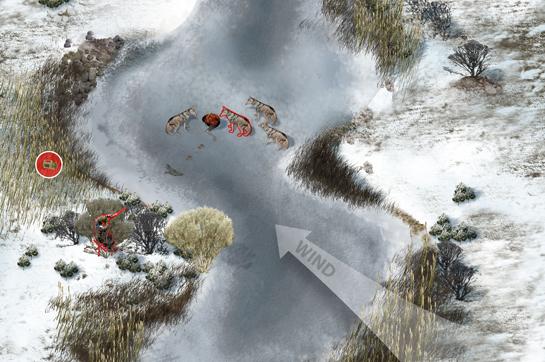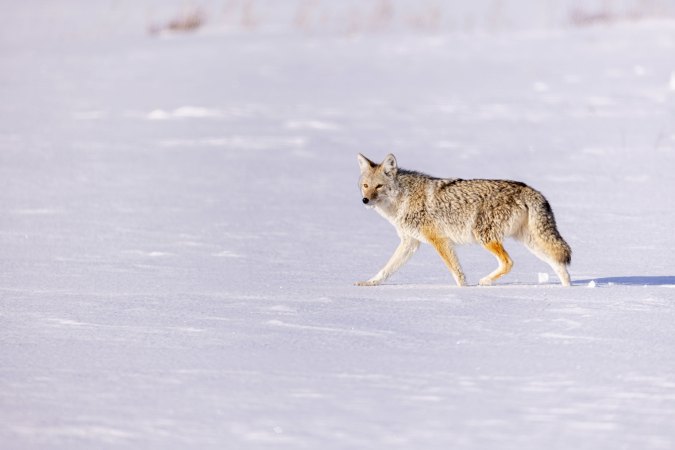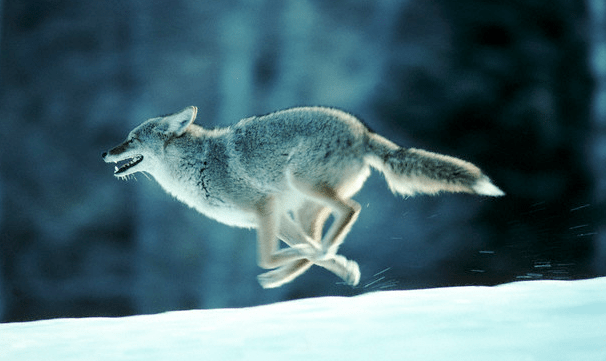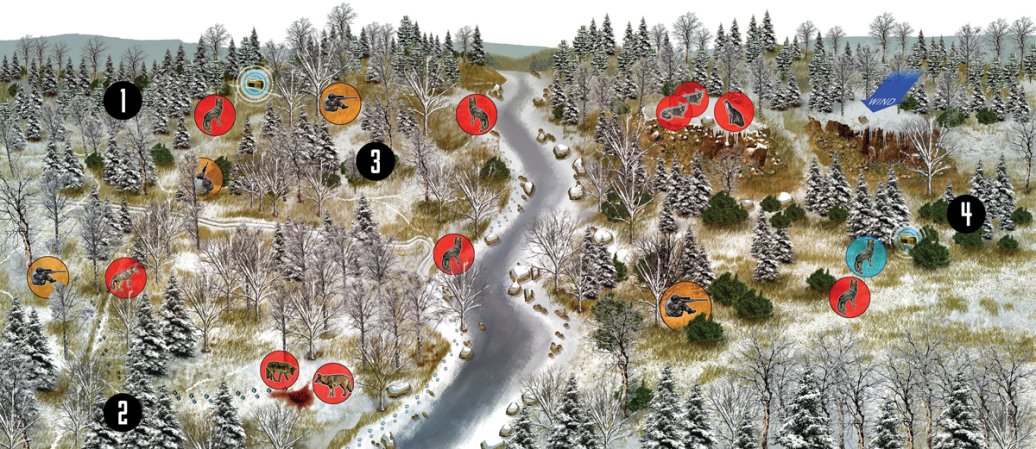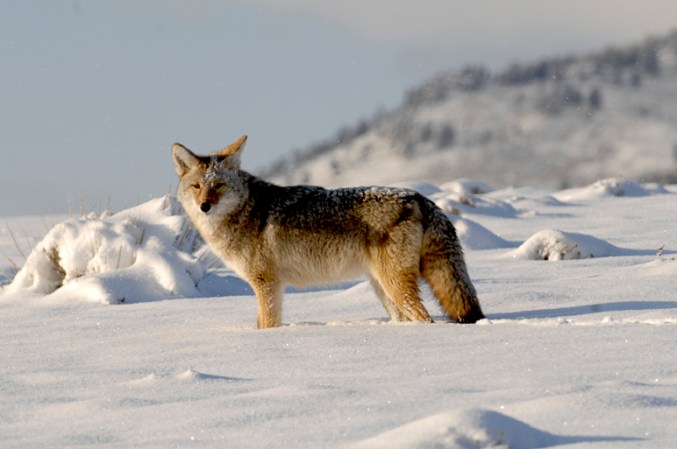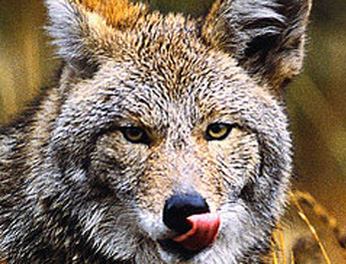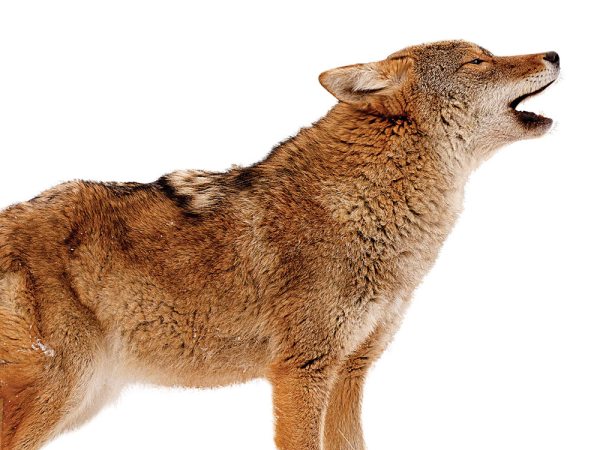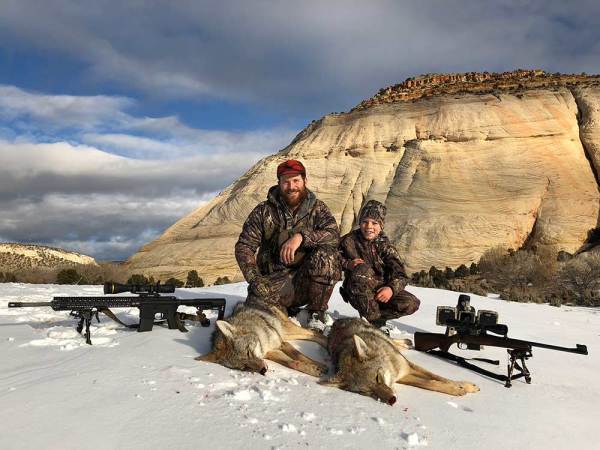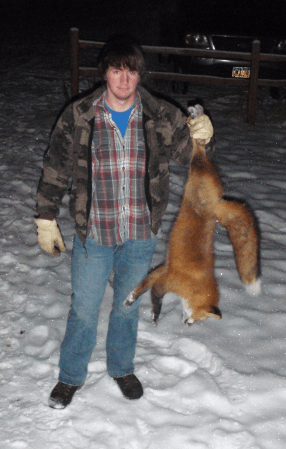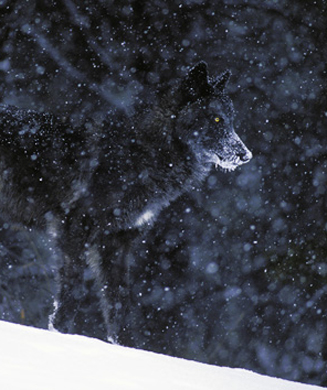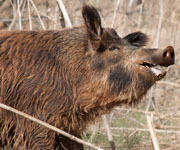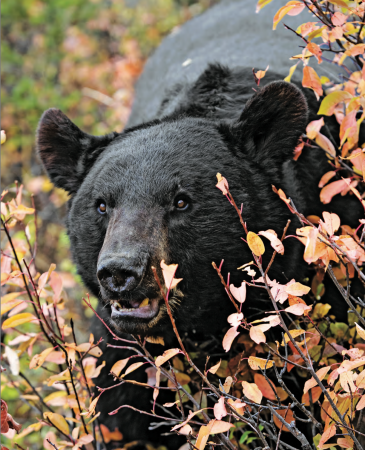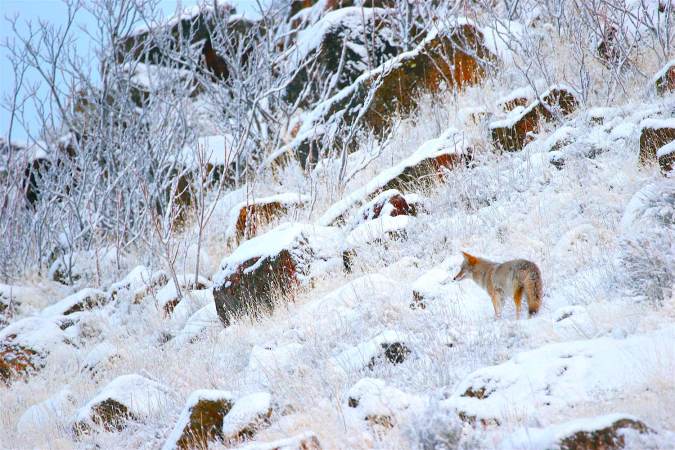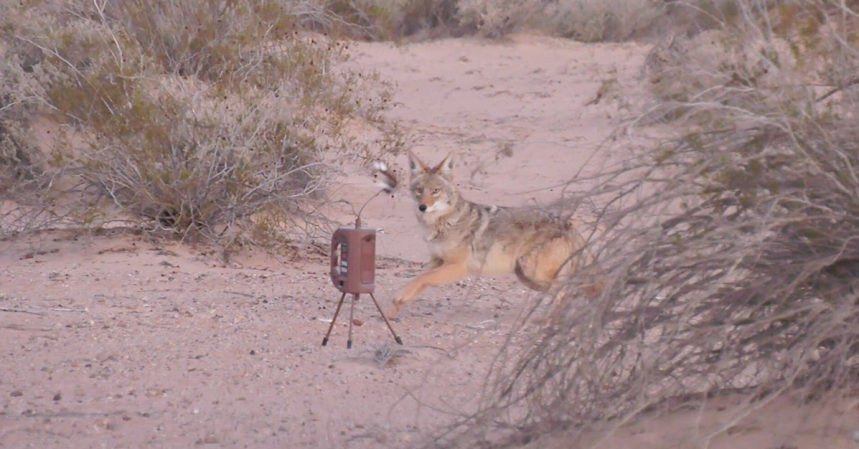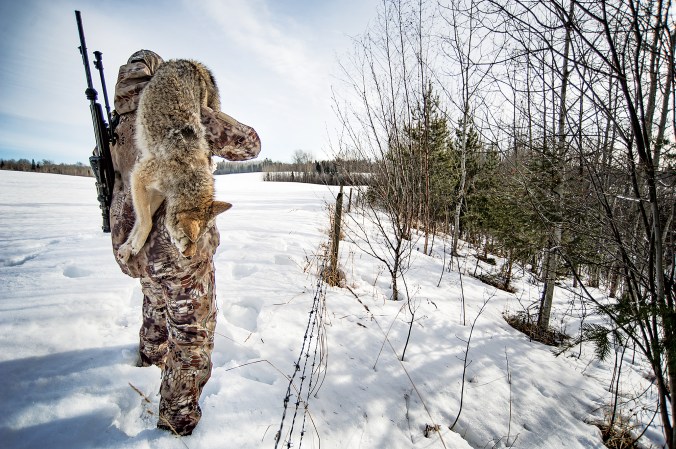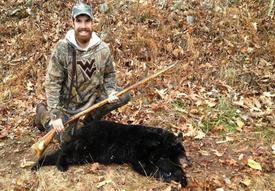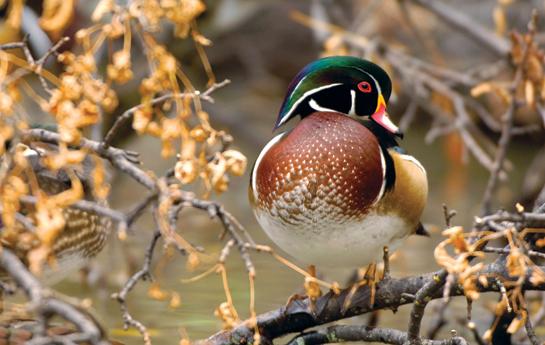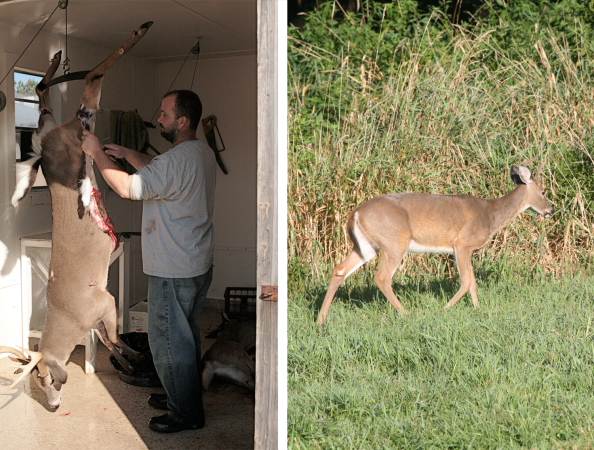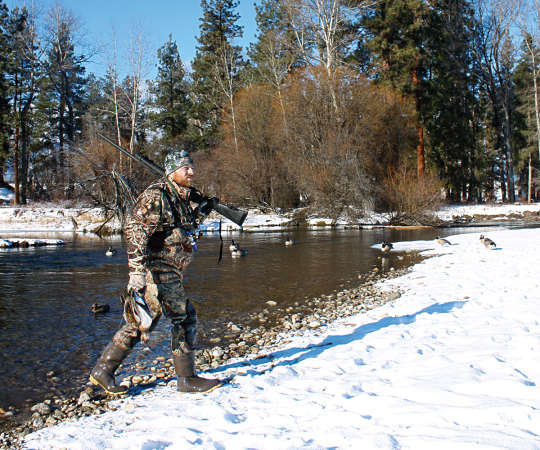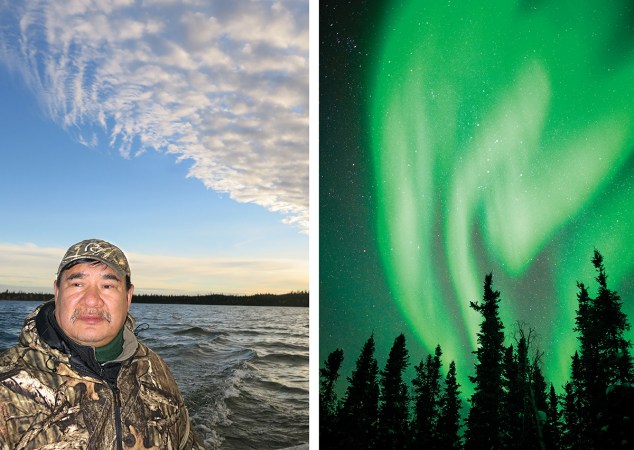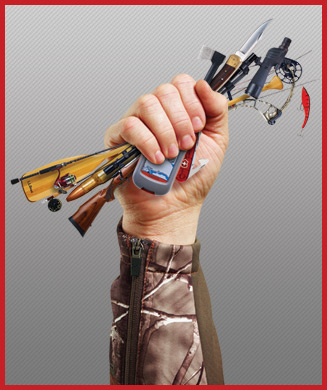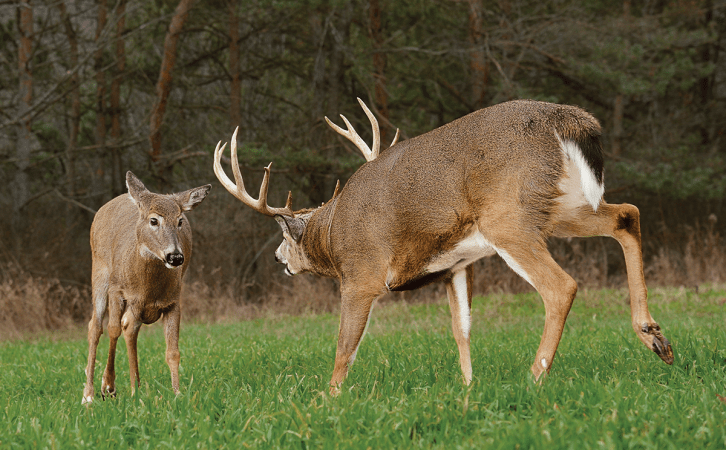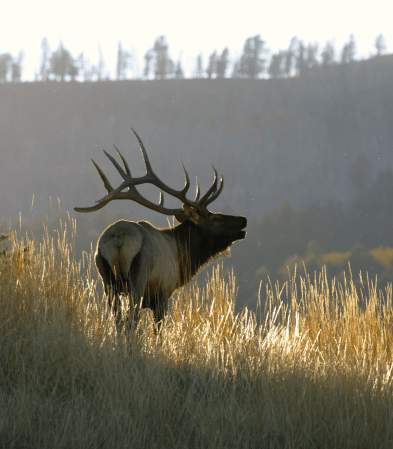Steve Darling was icefishing on South Dakota’s Oahe Reservoir when he noticed the dog tracks. There were dozens of them, fresh every morning in the new snow around the shoreline of the frozen lake.
Later, he spotted the authors of the prints–a pack of coyotes that crossed the lake each evening, keeping well away from the cluster of icefishermen, as they worked into the wind and filtered out into the coulees on the north side of the lake.
That gave Darling an idea. Knowing that coyotes will always try to circle downwind of prospective prey, he now sets up his predator calling stands along the shorelines of frozen lakes, where coyotes are visible inside rifle range as they try to catch his wind. He regularly takes more winter coyotes now than he does walleye through the ice. Here are four tips that will enhance your chances of success.
Make a Hide
Shorelines of many lakes, ponds, and reservoirs are tailor-made for hiding hunters. Slink into cattails, brush up in briars, or just tuck up against a dam or cutbank. If possible, try to set up on a point where you can overlook ice in two directions. Next to scent, your outline is the most important feature to hide.
Use a “Moosicle”
Hunters in British Columbia bait wolves with frozen moose legs. The trick can work on hard-water coyotes. Drill two or three holes in an iced-over bay, then stick the legs from a butchered ungulate or roadkill (where legal) into the holes. The meat will freeze in place and keep coyotes from dragging it away.
Watch the Wind
The reason frozen bodies of water work is because coyotes feel safe on them. The minute they cut your scent, they will scatter out of range. So don’t let them smell you. Your stand location depends entirely on the wind. Set up where a coyote will have to cross frozen water in order to get downwind.
Create Range References
Frozen bodies of water can be deceiving. Because there are few references on the featureless surface, it’s easy to undershoot or overshoot a coyote. Before you start calling, set found items–a clod of dirt or a tree branch–out on the ice, then range them from your hide.

